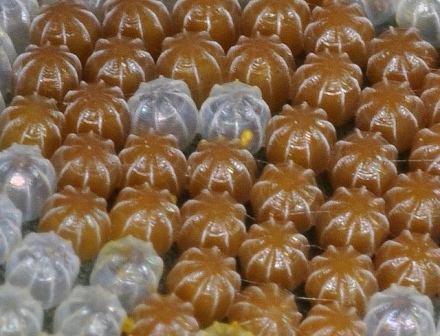Mourning Cloak
Nymphalis antiopa
Family: Nymphalidae
Subfamily: Nymphalinae
Identification: Short projections on both wings, borders irregular. Upperside is purple-black with a wide, bright yellow border on outer margins, and a row of iridescent blue spots at the inner edge of the border.
Life History: Overwintered adults mate in the spring, the males perching in sunny openings during the afternoon to wait for receptive females. Eggs are laid in groups circling twigs of the host plant. Caterpillars live in a communal web and feed together on young leaves, then pupate and emerge as adults in June or July. After feeding briefly, the adults estivate until fall, when they re-emerge to feed and store energy for hibernation. Some adults migrate south in the fall.
Wing Span: 2 1/4 - 4 inches (5.7 - 10.1 cm).
Caterpillar Hosts: Willows including black willow (Salix nigra), weeping willow (S. babylonica), and silky willow (S. sericea); also American elm (Ulmus americana), cottonwood (Populus deltoides), aspen (P. tremuloides), paper birch (Betula papyrifera), and hackberry (Celtis occidentalis). Older caterpillars wander about and may be found on plants that they do not eat.
Adult Food: Mourning Cloaks prefer tree sap, especially that of oaks. They walk down the trunk to the sap and feed head downward. They will also feed on rotting fruit, and only occasionally on flower nectar.
Habitat: Because Mourning Cloaks roam and migrate, they are found almost anywhere that host plants occur including woods, openings, parks, and suburbs; and especially in riparian areas.
Range: All of North America south of the tundra to central Mexico; rarely in the Gulf States and peninsular Florida. Also native to temperate Eurasia. Comments: Adults live 10-11 months and may be our longest lived butterfly.




